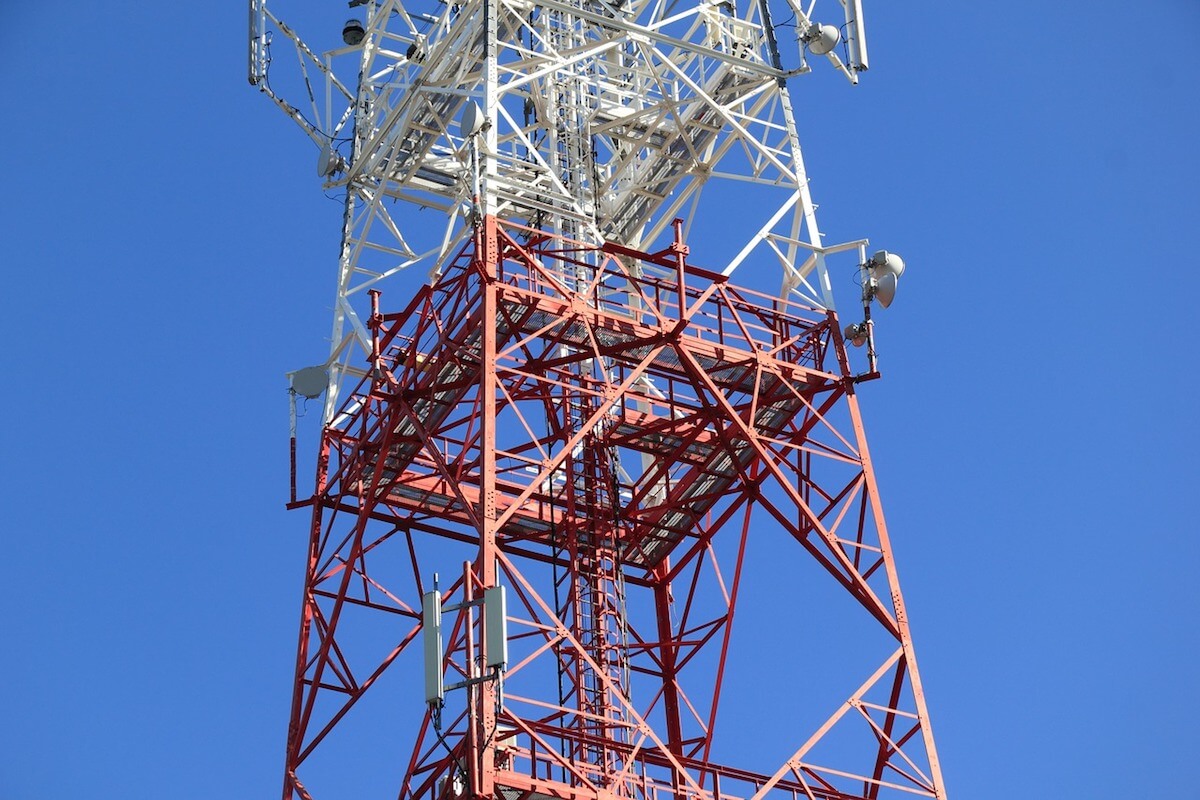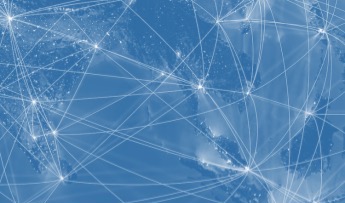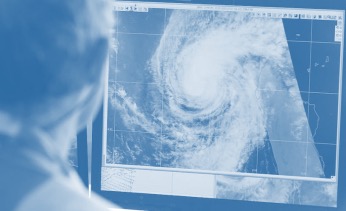Asia-Pacific E-Resilience Toolkit Best Practice
Resilient Communications R&D Program
Japan is highly vulnerable to earthquakes that cause loss of life and damage to property. When there is a disaster, problems like heavy traffic congestion, damage of the base station will restrain efficient communications through commercial operators. Therefore, an R&D program has been initiated by the Ministry of Internal Affairs and Communications of the Japanese Government to establish robust, resilient and dependable communications in the event of disasters.
The goal of the R&D program is to create alternative communication routes through developing related technologies. The conceptual structure of the multilayered communications network includes (1) operator’s cellular network, (2) public and private networks, (3) ITS, and (4) satellite systems. For example, when there is a disaster and the commercial operators ‘networks are damaged; under R&D program, a mobile phone will automatically connect to a surviving local network, such as private WiFi. However, a “policy server” will be installed to decide whether or not the network can be open to third users, as a security consideration.






